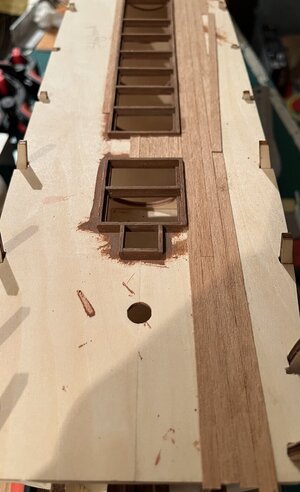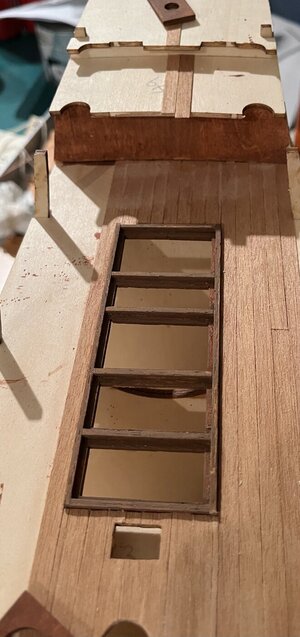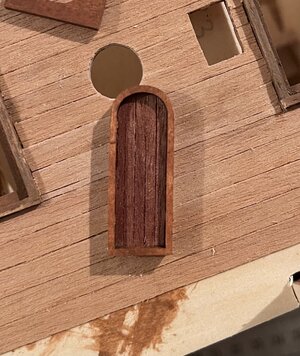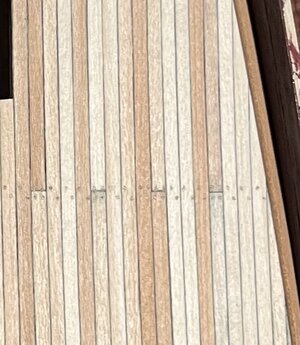Hi Nisse80. My name is PeterG and I was one of the reference Log authors (along with Daniel), who have recently posted and detailed our Billings Vasa builds. Welcome aboard.
I have been a bit quiet on the SOS forum recently due to family and work commitments but our Billing’s journey with the Vasa, along with Paul (Dockattner) and his exquisite D’Agostini model, should provide you with enough background and detail to build a fantastic model.
This said, should you require any advice or help, this forum is the ‘right’ place to be. There can be criticisms levelled at the Billings kits in terms of documentation, kit content and inclusions, but I would still maintain it is the most accurate Vasa model shape out there, even still, so your starting position is a good choice.
All three of us (Paul, Daniel and myself), have accumulated a vast list of resource material relating to the Vasa, and especially with the help of the Vasamuseet’’s Dr Fred Hocker whose advice and information has been forthcoming generously over our build time.
So, you will strike problems, but remember help is close at hand and it will guide you through. This ship and its build is one of the most rewarding things you will ever undertake in your life (and it will occupy a good proportion of your life). Good luck, and please ask for help when you need it - this forum is an amazing resource.
Regards,
PeterG















